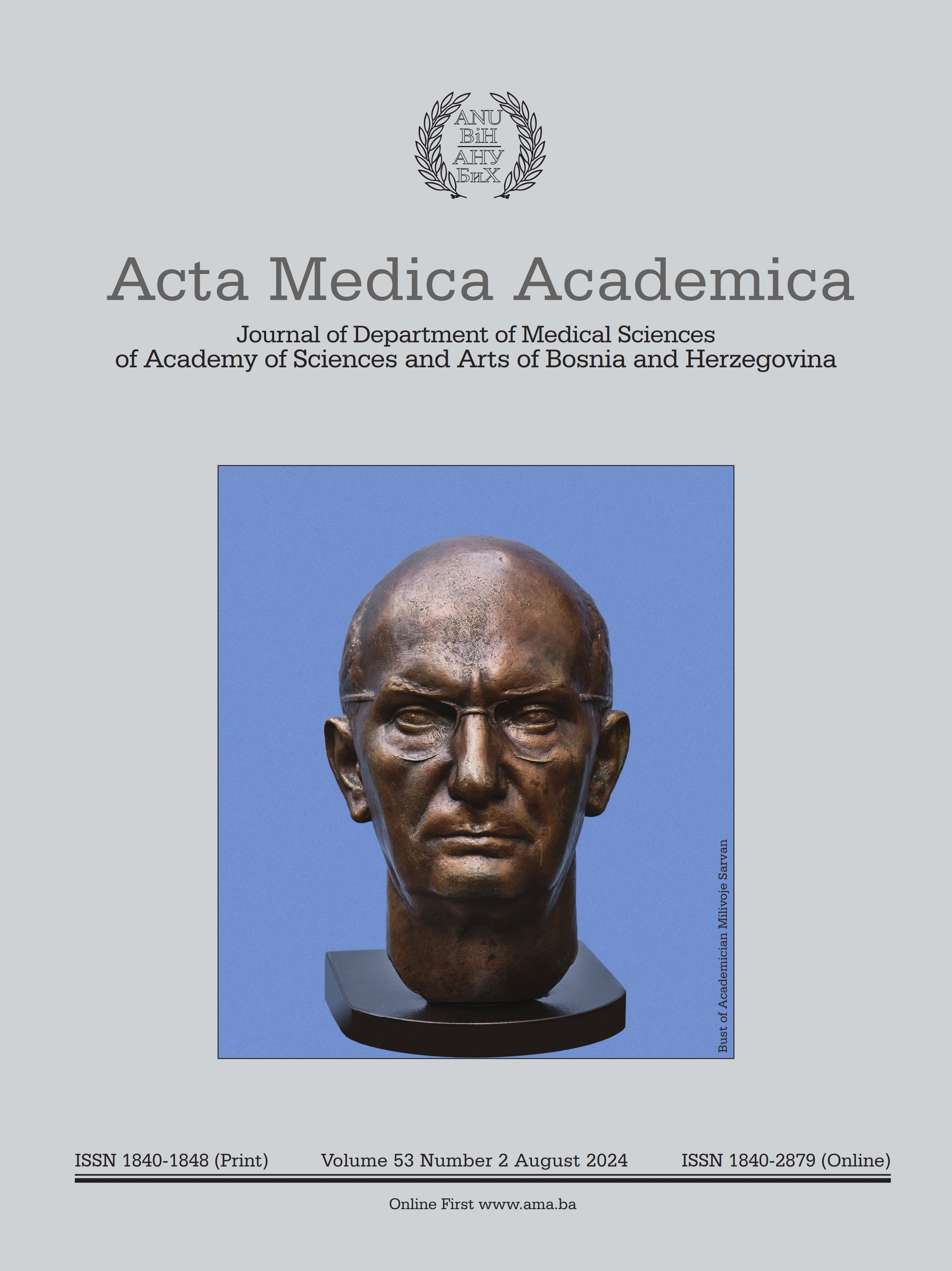Prevention of Oral Injuries during Endotracheal Intubation: Patients’ and Anesthesiologists’ Perspective
DOI:
https://doi.org/10.5644/ama2006-124.445Keywords:
Mouthguard, Endotracheal Intubation, Orofacial PainAbstract
Objective. The aim was to design accessible, simple, inexpensive protection for teeth and soft tissues during ETI, compare damage occurrence with and without protection, and investigate post-ETI orofacial pain symptoms.
Materials and Methods. The selection procedure for adequate protection was carried out after which a reduced elastomer mouthguard was selected. Fifty patients were divided into 2 groups. In the first group, ETI was carried out using a mouthguard, while in the second group it was performed without it. The mouthguard was fabricated by anesthesiologists. After the ETI procedure, the patients and anesthesiologists were asked to complete a survey.
Results. No difference in intubation severity and time required for intubation between the two groups was present. Seven patients from the non-mouthguard group suffered injuries during the ETI procedure. No injuries were present in the mouthguard group. In 92% of cases anesthesiologists agreed that mouthguards should be used during ETI. However, most of them (96% of cases) agree that the mouthguard should be used only when there is an increased risk of tooth loss and/or tooth damage. There was a significant ETI effect on the emergence of new orofacial pain cases.
Conclusion. The mouthguard adequately protected dental and soft tissues and did not affect the work of the anesthesiologist. A significantly higher number of patients experiencing temporomandibular joint and masticatory muscles pain after surgery indicates that ETI might be a risk factor for orofacial pain.
Downloads
Downloads
Published
How to Cite
Issue
Section
License
Copyright (c) 2024 Marta Adam, Dora Arhanić, Iva Z. Alajbeg, Grgur Matolić, Sonja Krofak, Ema Vrbanović Đuričić

This work is licensed under a Creative Commons Attribution-NonCommercial 4.0 International License.





